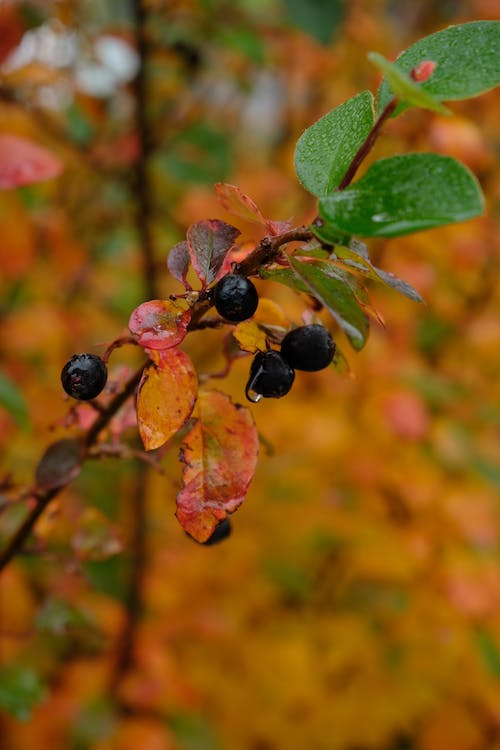Being Practical as a Gardener or Homesteader
One of the more important aspects of growing your own food or raising livestock for that matter is making practical decisions. Spending hundreds of dollars in building materials, soils, and fertilizers to produce a little bit of tomatoes is not practical, yet people still do this every year. The purpose of this blog post is to encourage practical assessments of your goals.
A common misconception in building raised beds is the belief that all treated lumber contains arsenic. Producers are not longer able to treat lumber with arsenic, and they must use one of three copper compounds. All of which are safe for raised beds. People spend a lot of money buying untreated lumber to have it rot the next year or cedar lumber for it to break the wallet, and neither are needed. If you're going to start from scratch and make a fresh set of beds I would use treated 2x8s or larger. If you are not concerned about things being perfect, many lumber yards give away pine slabs and make excellent raised beds.
Another common mistake is spending a lot of money buying either pre fertilized soils or buying a mountain of organic products with lower grade soil. Depending on what you're growing native clay soils can be used, or you may need a loose top soil. Top soil usually is inexpensive at the local Lowe's and is actually made largely from composted woodchips. If you have access to native soil for a raised bed and it will work for your crops, use it. Other wise try to buy or source loose soil in expensively. One academic study showed that 4 inches of fall leaf litter can supply all the garden needs for a year.
Wood chips naturally degrade, thus eventually like most organic materials will become soil. Which makes places like city refuse for wood chips a great place to buy from. If there are not biosolids in the composted wood chips. Many tree trimming companies will happily dump on your property to avoid having to pay a landfill. The one caveat to that is to allow the wood chips to sit for 6 months, so that they've biodegraded enough that they do not leach nitrogen from your soil. Some outside inputs are needed (Ones you pay for) such as lime or sulfur. In most soils without sulfur, you won't grow blueberries for example. So a measure of practicality is recognizing where can you reduce costs, and what costs are needed.
So for example, I could navigate a small garden's costs in sourcing pine slabs from a local sawmill, which are free for the walls of the beds. Utilizing free woodchips from the electric company, and leaves from homeowners in a local town or city in the fall, I would incorporate the leaves and woodchips with the native soil and allow it to soak over the winter and break down into a solid and great soil medium. Many manures are also usually free if you're willing to shovel it. In the Spring the main concern will be pH. You can field test this or send off a sample to the extension office. If the soil pH is too high for the crops you want you will need sulfur, and if too low, you will need lime. This will have a soil test cost of about $8, and 40 lbs. of lime averages about $4 or sulfur which averages about a $1 a pound. The beds and soil medium could cost you literally nothing, and you're main low low cost if pH adjustment. Which is very easy to do.
The primary purpose of this short blog is that I have met hundreds of people sold by the dream of growing their own food, but most of them have little to no practical thought in regards to how to achieve it. Other examples of being practical are reaching out to your Extension office, Master Gardeners, University departments or professors. Extension and University resources are criminally underused. So please reach out to local resources. Finally, again when approaching a garden, homestead, urban agriculture project use a large measure of practicality. Because money and time are finite resources.
Kevin Goheen
-Sustainability Specialist
Bachelor's of Science in Agriculture with an emphasis in Horticulture, and Masters of Science in Sustainable Agriculture from Murray State University


Comments
Post a Comment